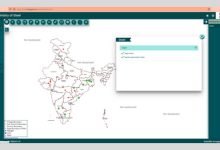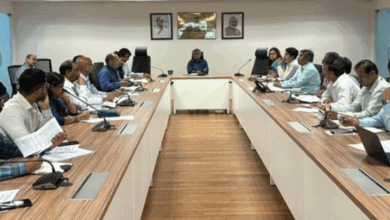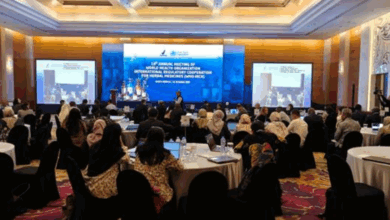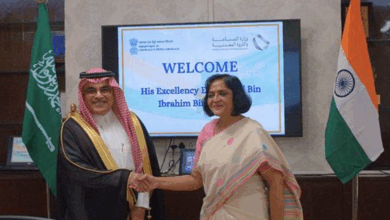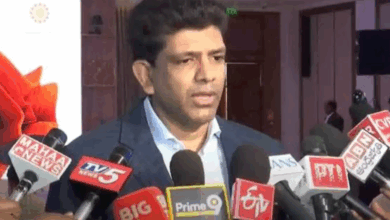NMDC Wins two Prestigious Environment Awards
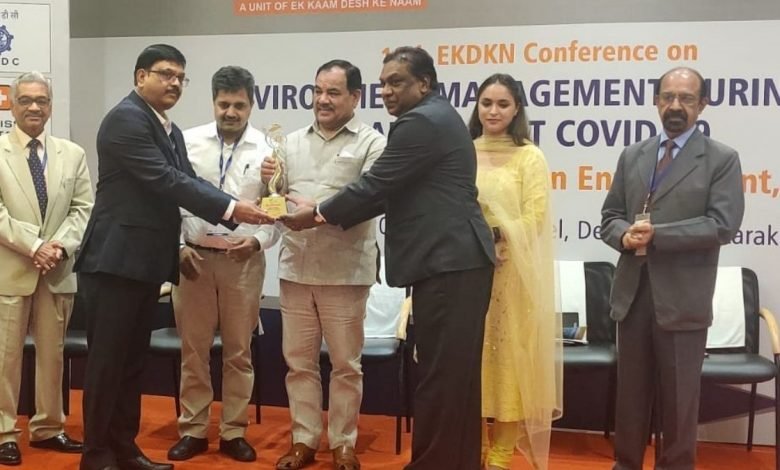
National Mineral Development Corporation Ltd.(NMDC), the Country’s largest iron ore producer, a CPSE under the Ministry of Steel has bagged Gold Award in the Environmental Sustainability category and Kumaraswamy Iron Ore Mine bagged Platinum Award in the Environment Management category. The function was organised by Sustainable Development Foundation (a unit of EK KAAM DESH KE NAAM) and the awards were presented at the 10th conference held at Dehradun. The Governor of Uttarkhand, Lt. General Shri Gurmit Singh was the Chief Guest of the inaugural function.
NMDC is selected for the awards based on its contribution towards the implementation of Sustainable Development Goals and Environment Management initiatives at its production projects. On behalf of NMDC, the awards were received by Shri M Jayapal Reddy, CGM RP and Shri Sanjeev Sahi, CGM, Donimalai Complex from Chief Guest of the valedictory function Dr Harak Singh Rawat, Minister of Forest, Power, Labour, Environment, Government of Uttarakhand, Shri Reddy also presented a paper on “Environmental Management during COVID-19” which is well appreciated by delegates and organizers.
Dislciamer : This is an official press release by PIB.


